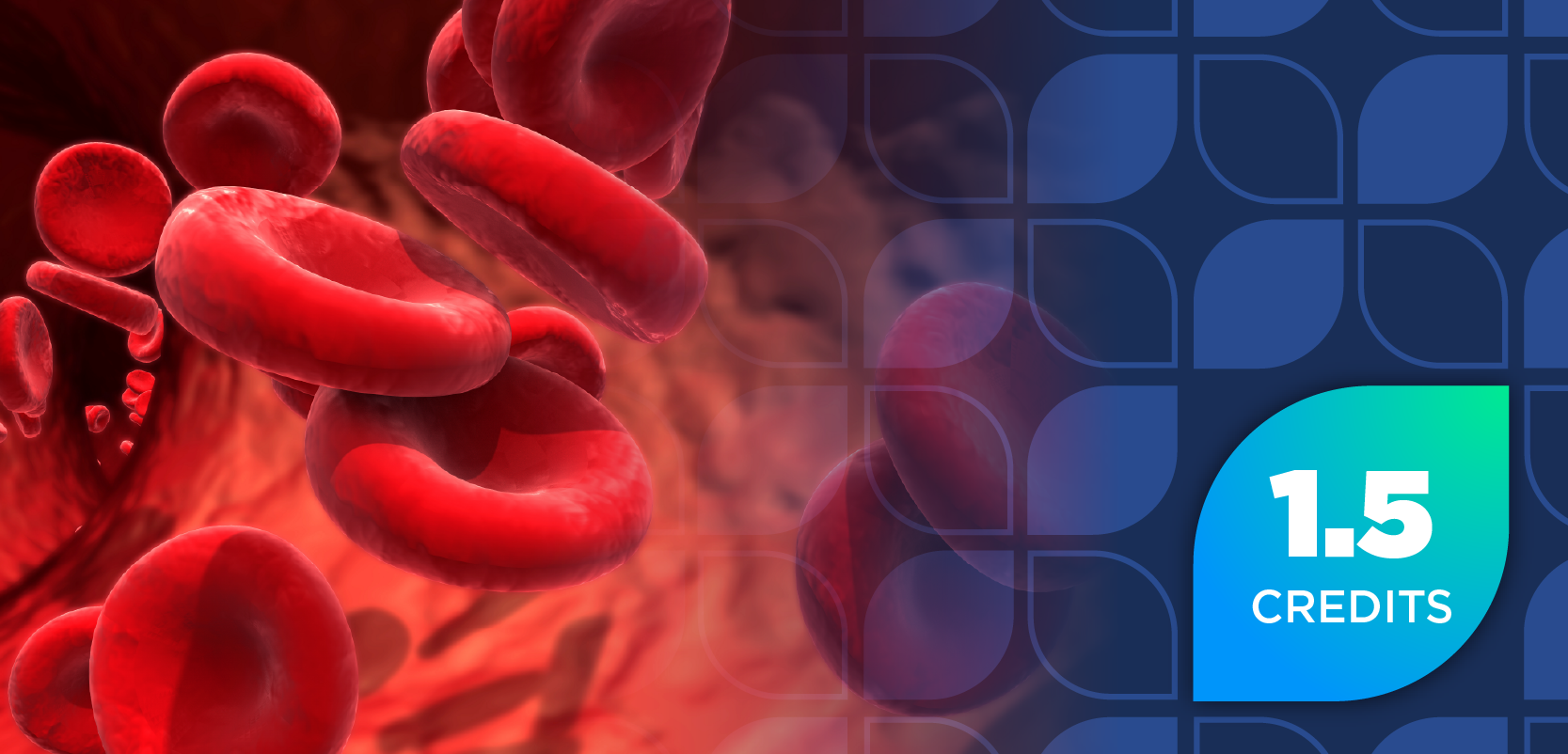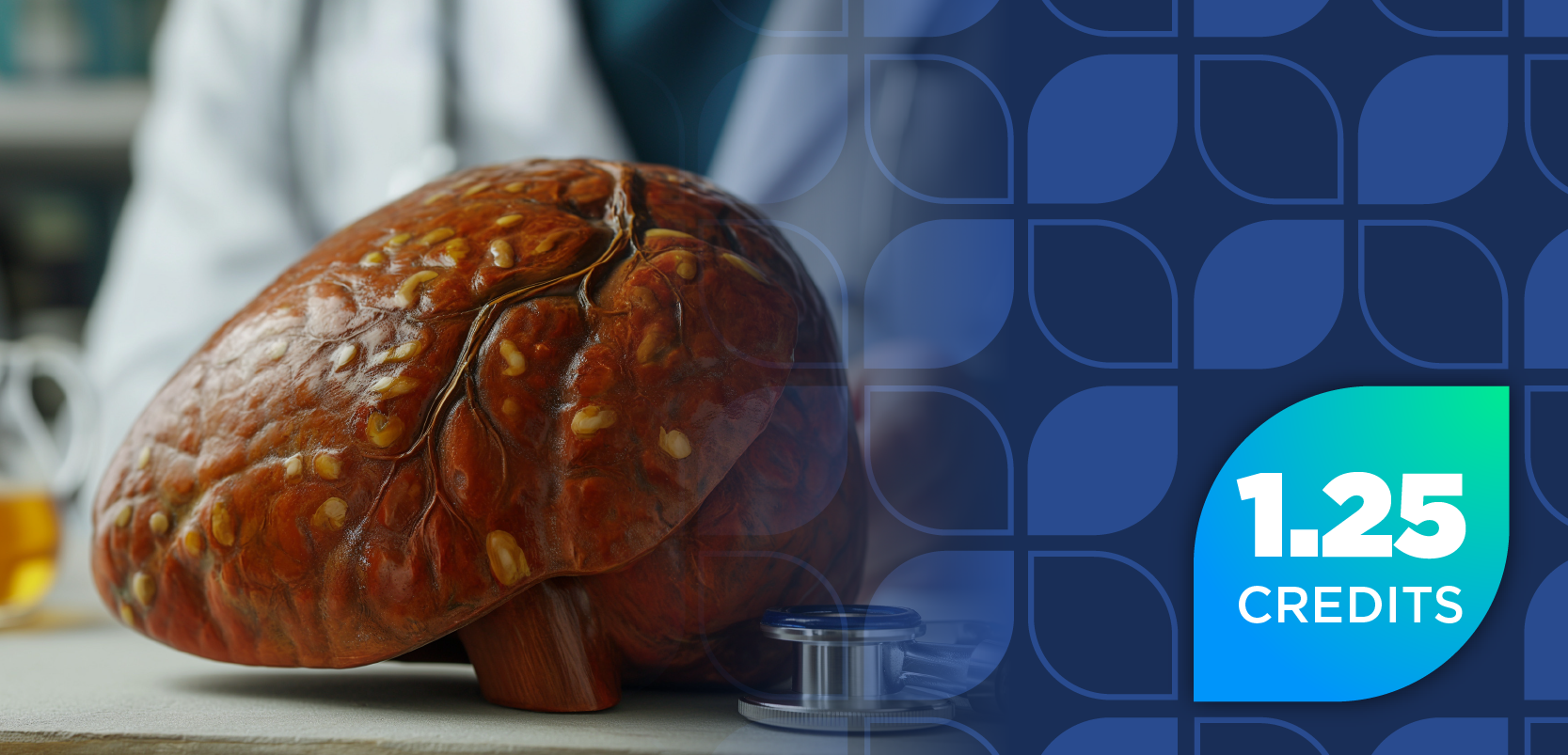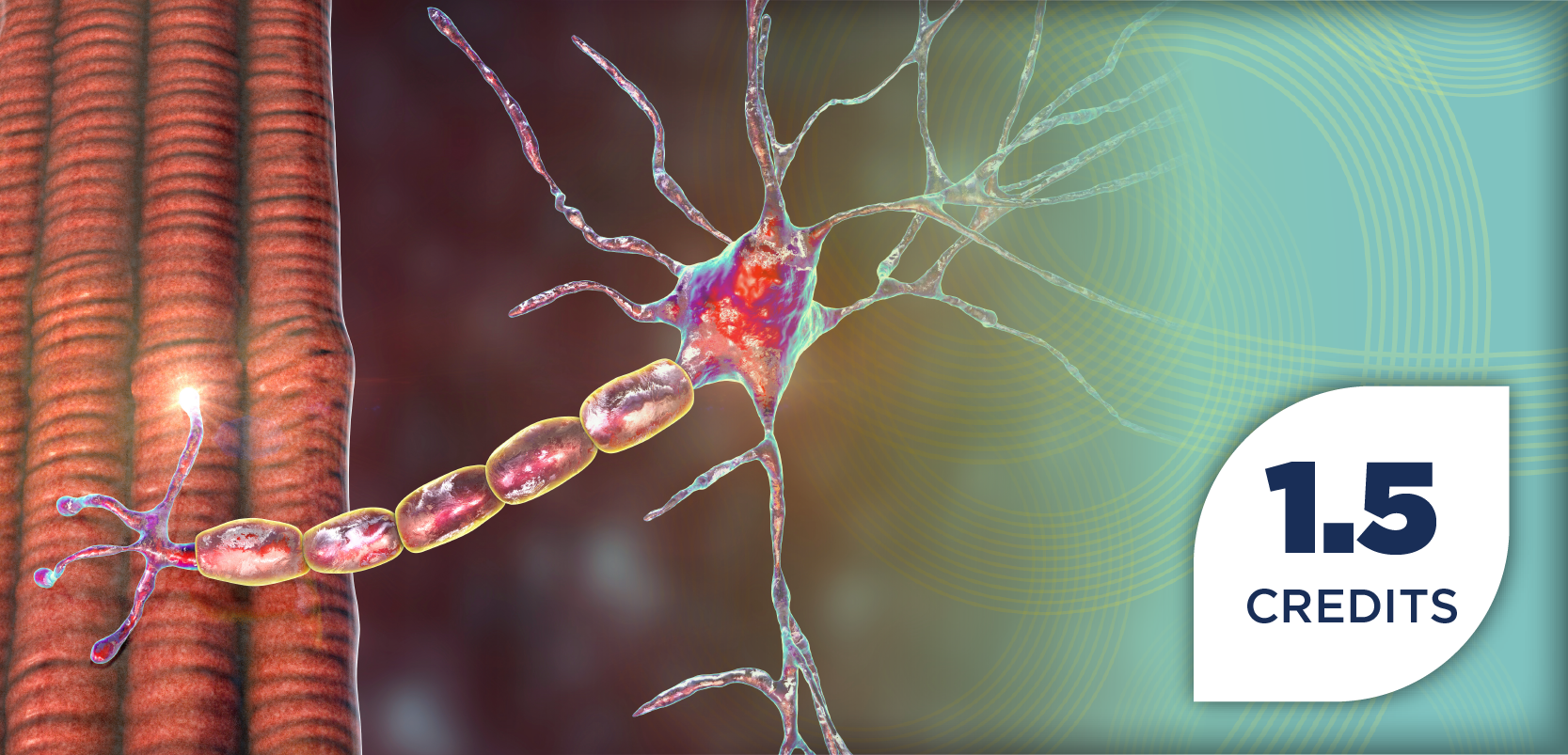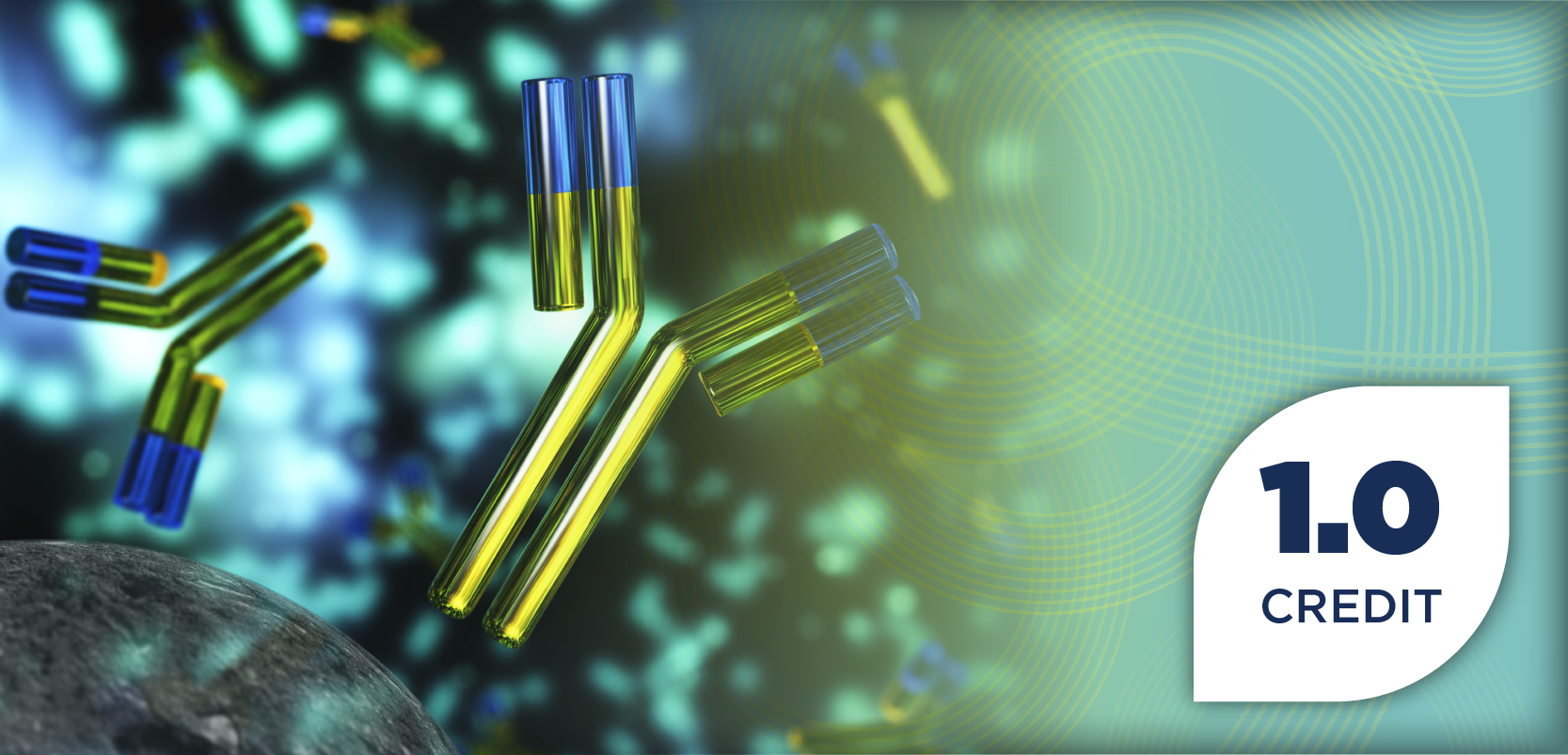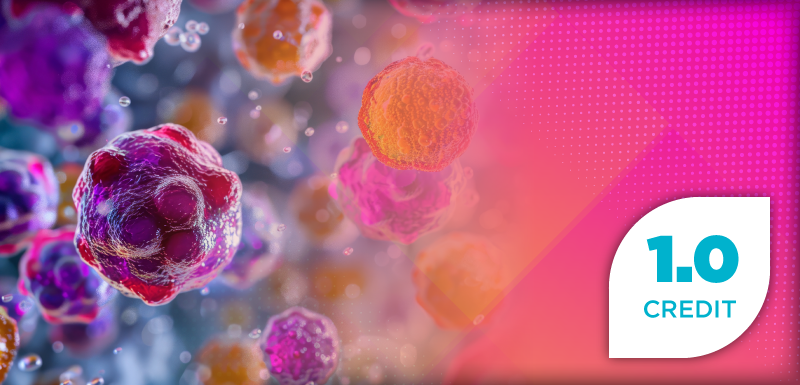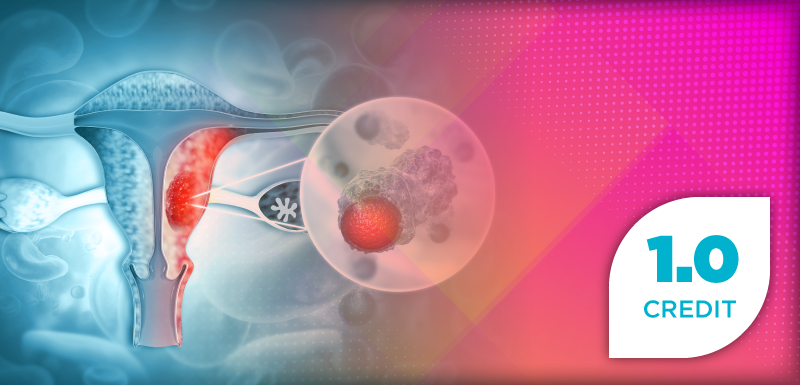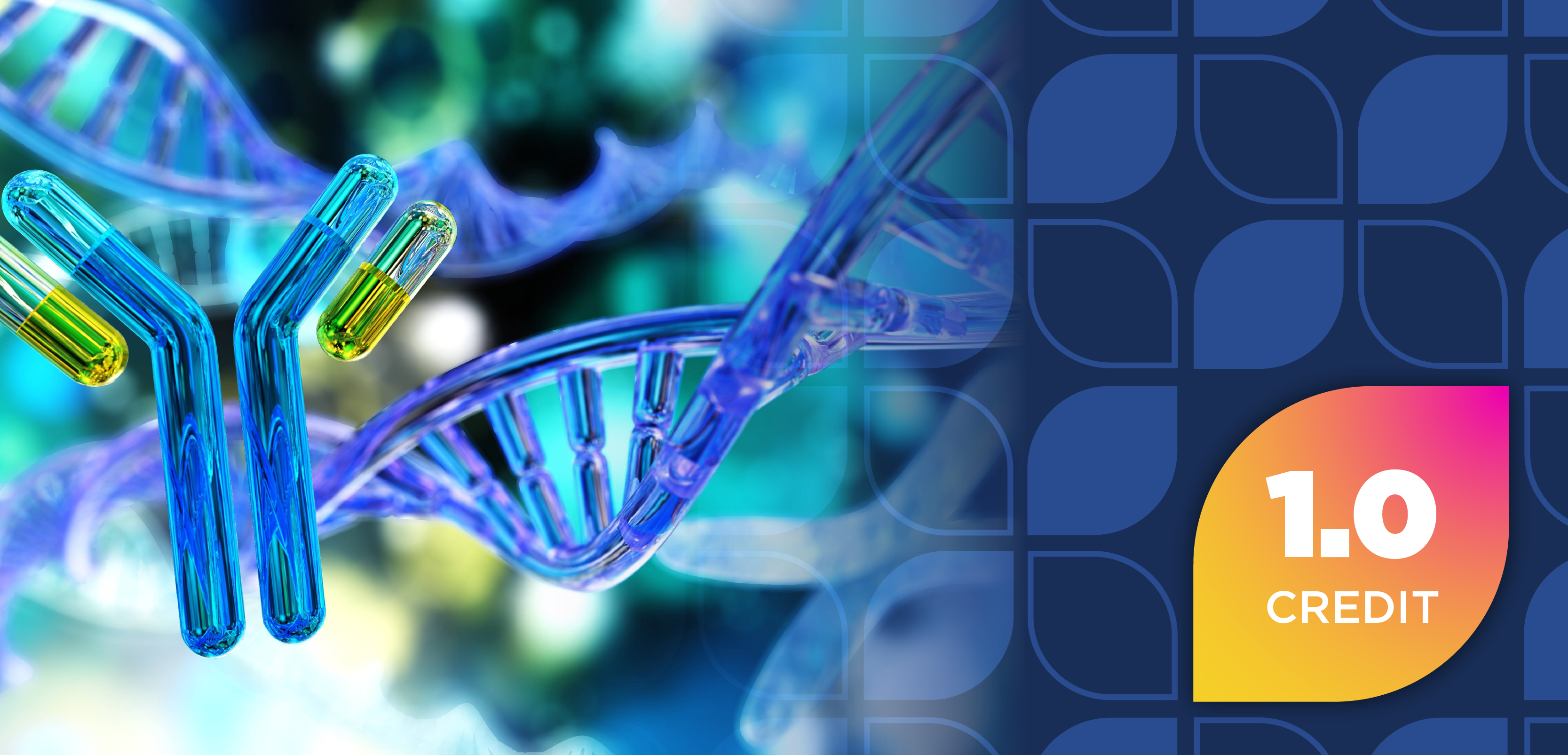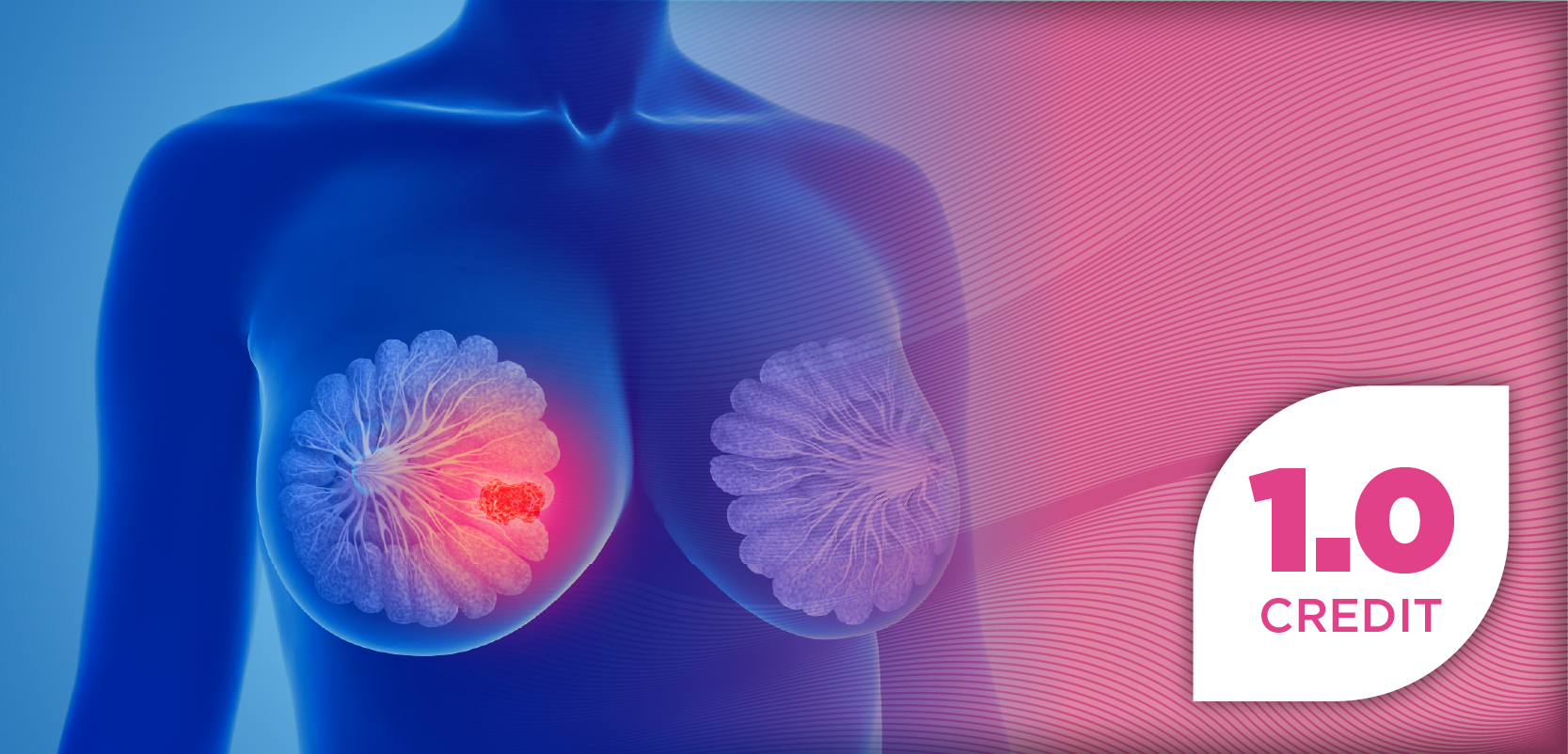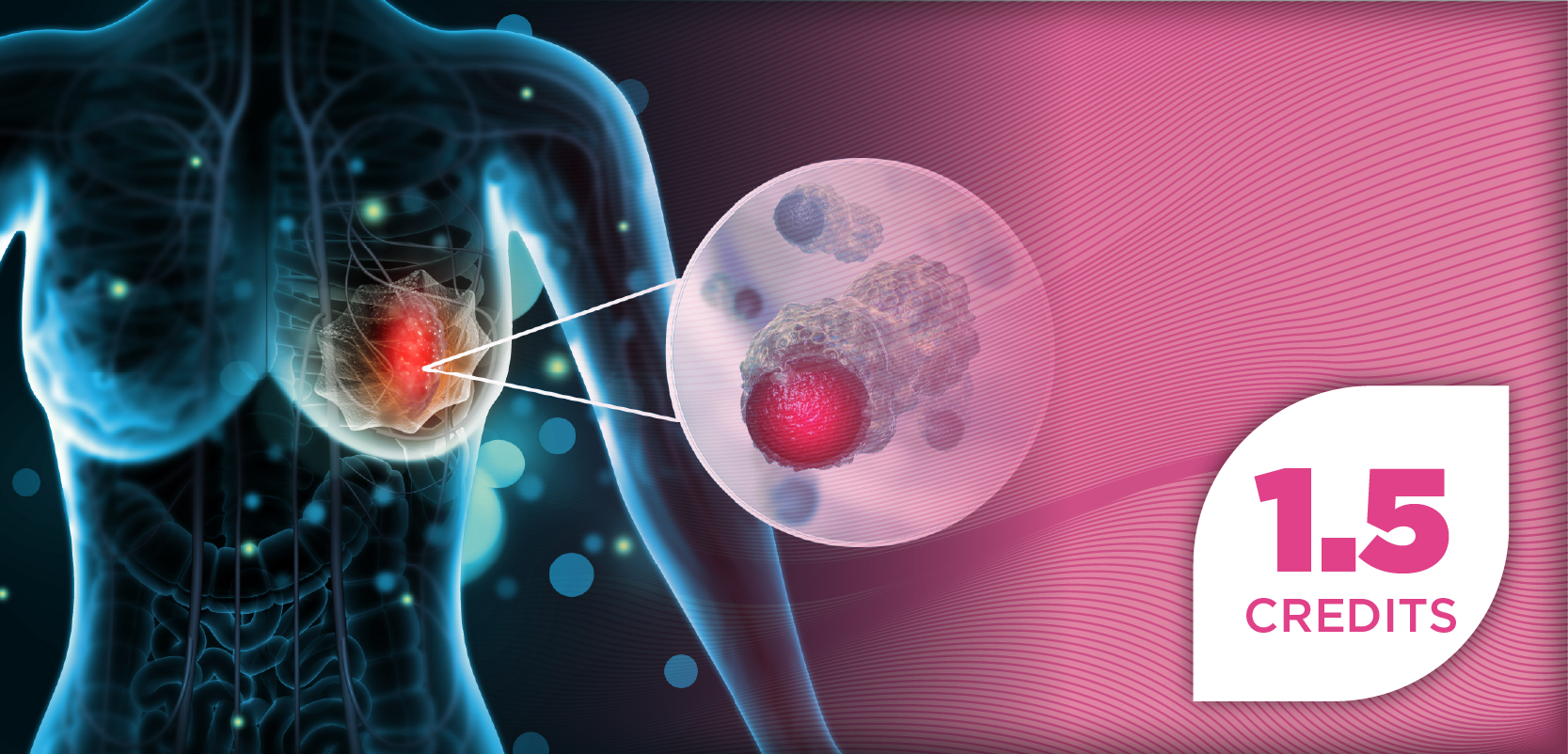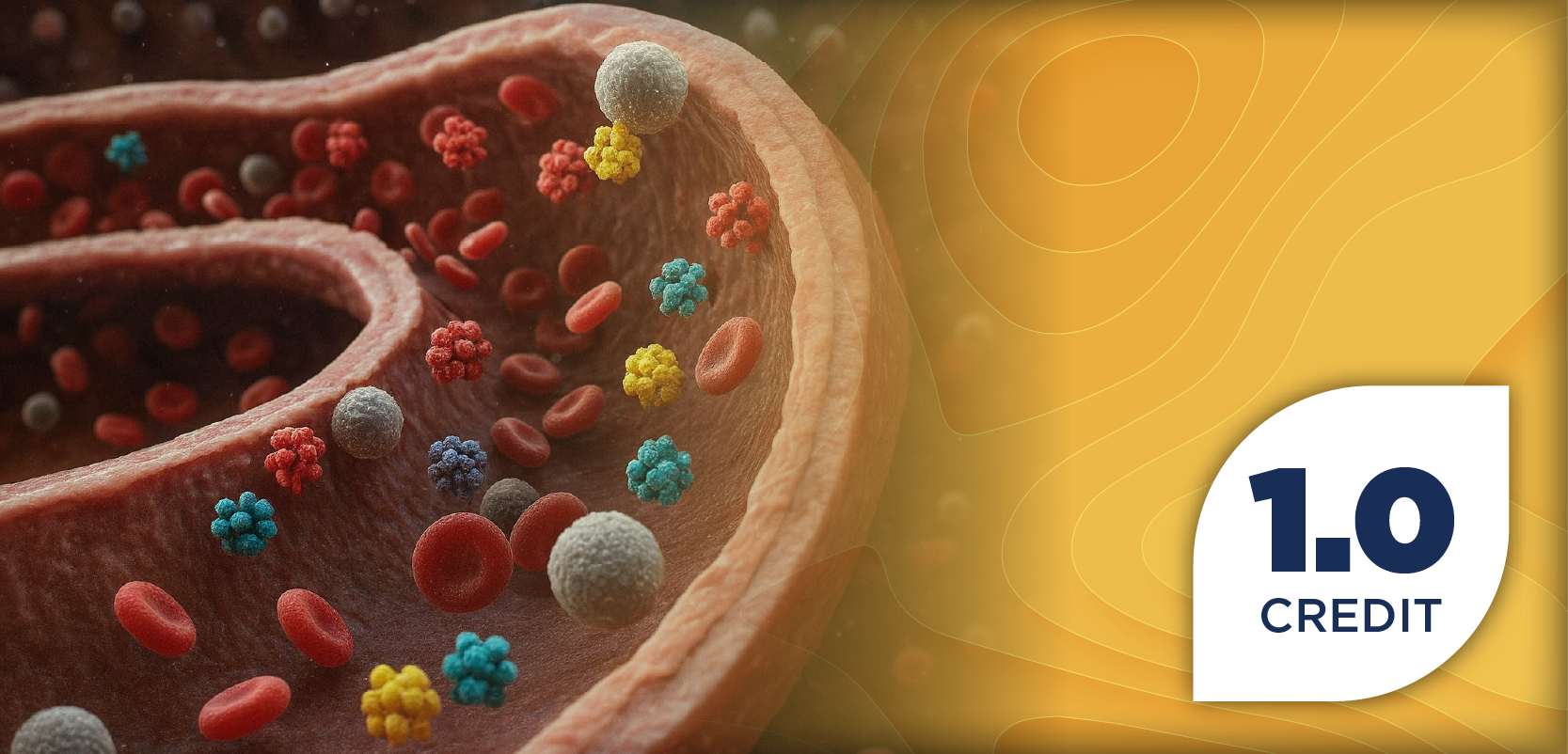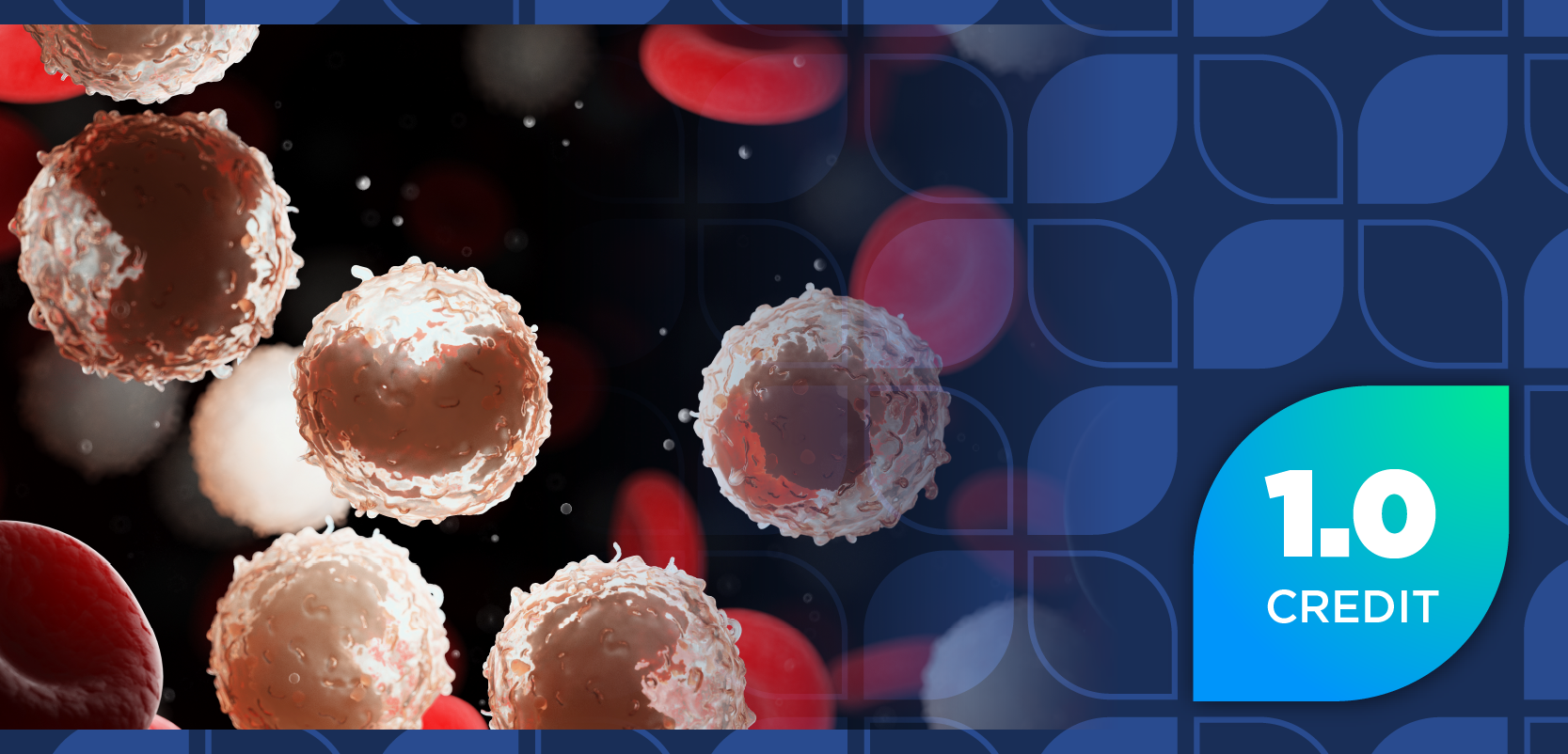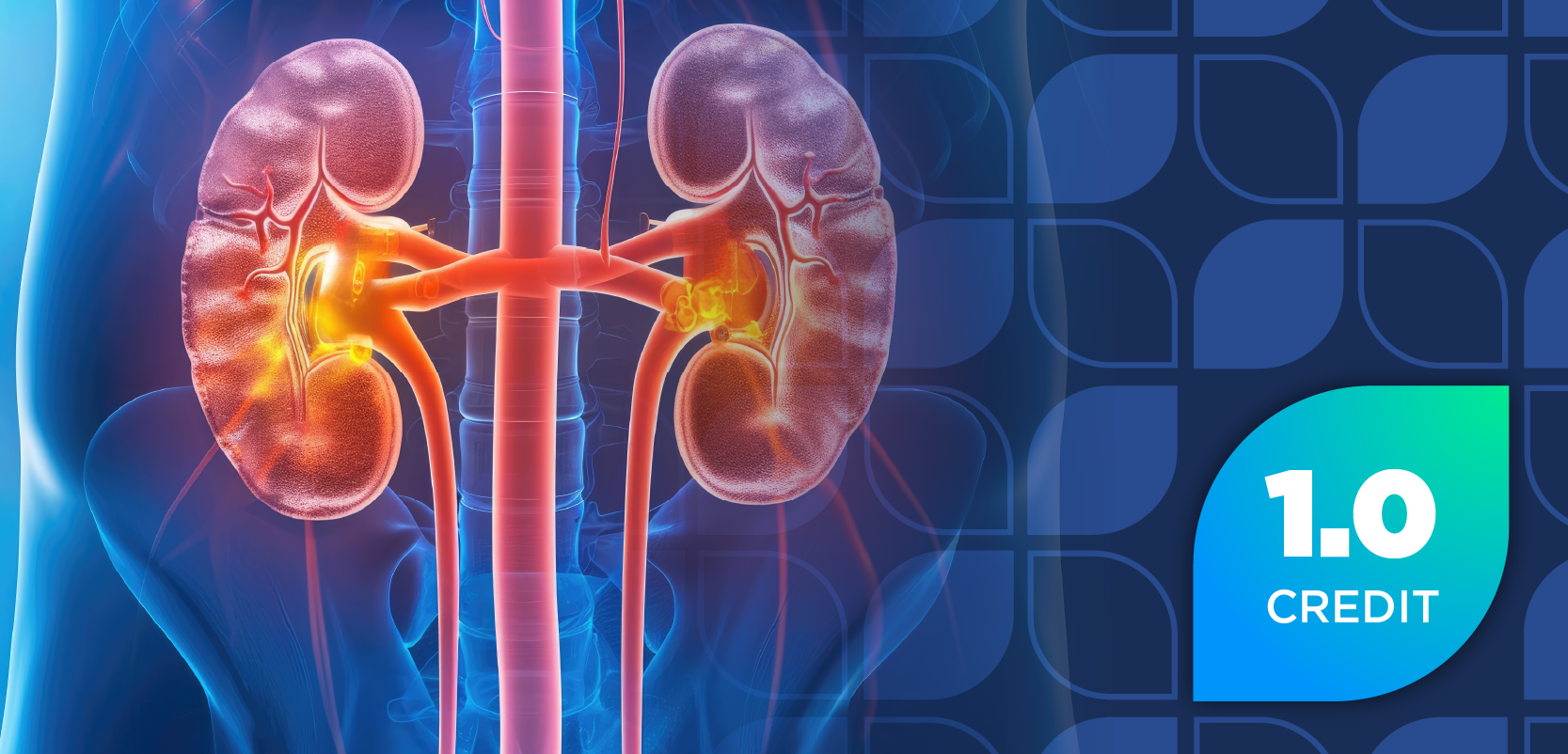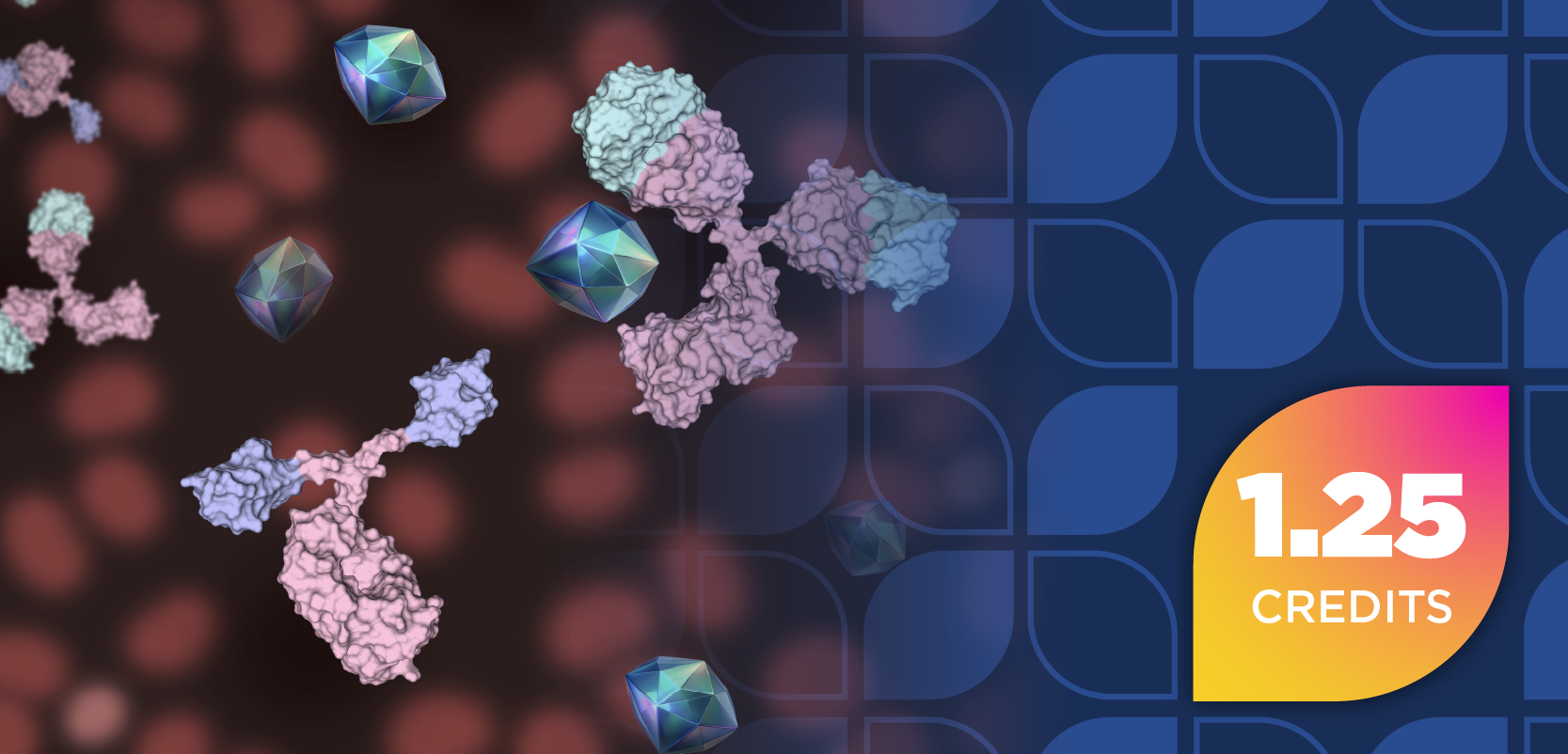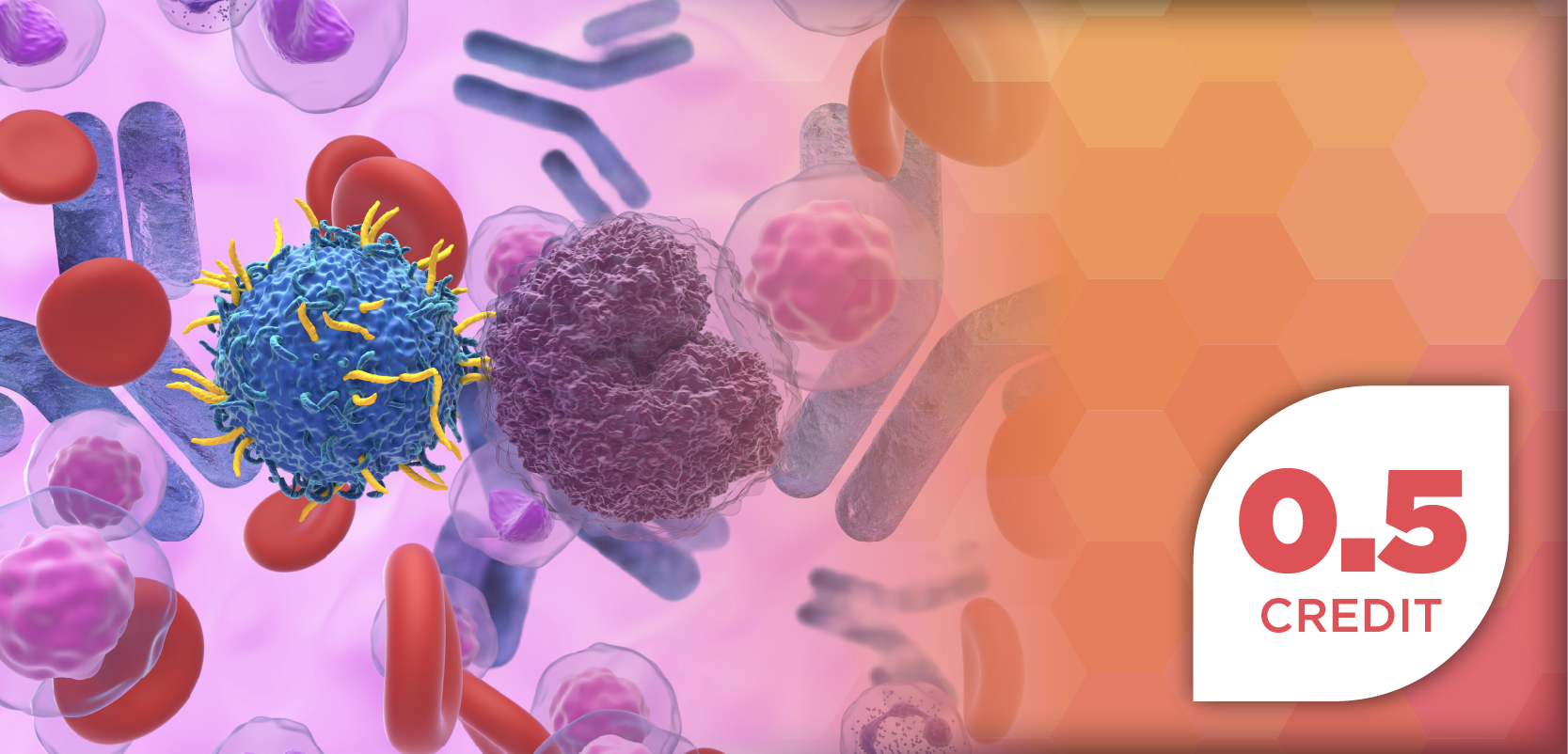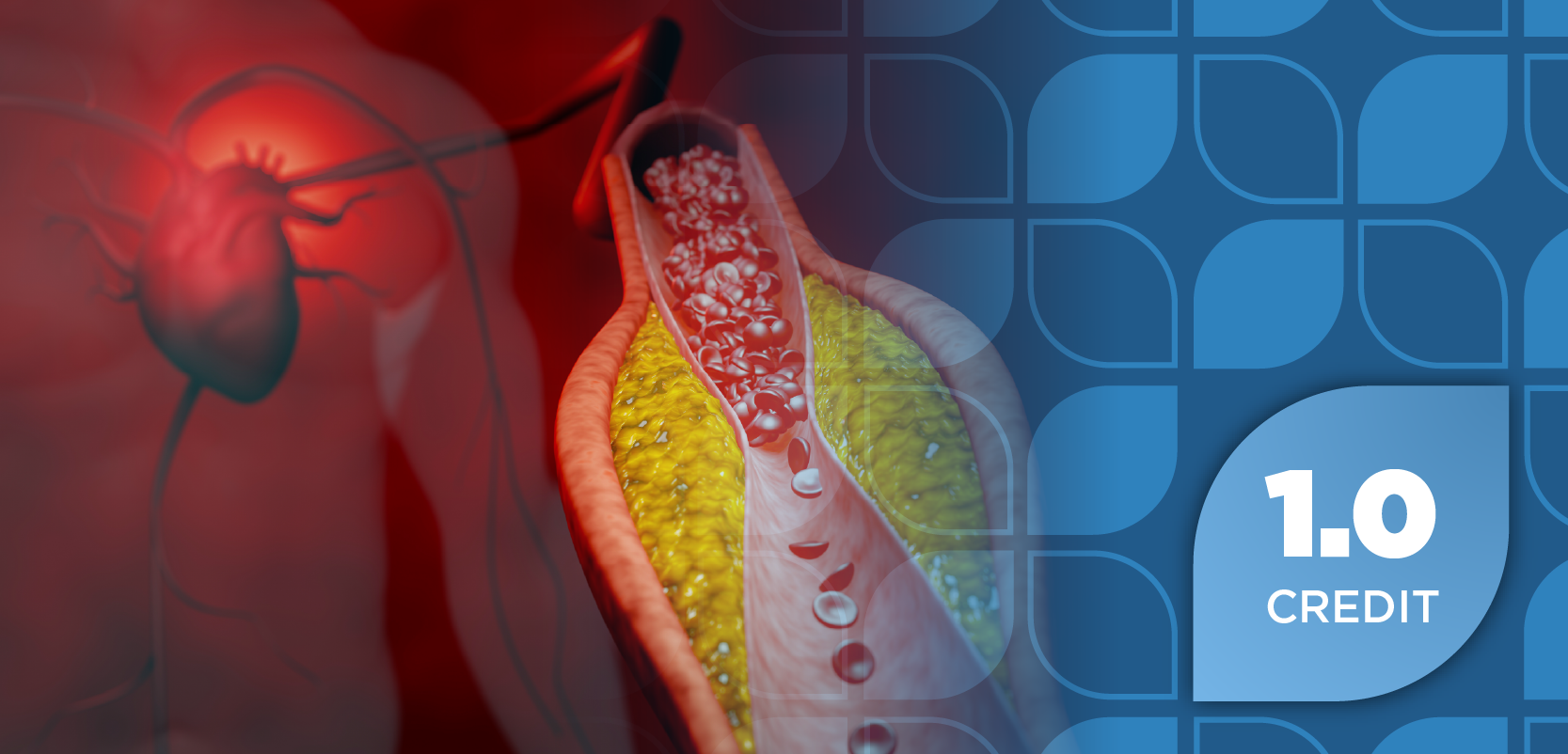
High Blood Glucose in Diabetes Promotes Rapid Development of Antibiotic-Resistant Staphylococcus Aureus
Key Takeaways
- Diabetes creates high-sugar environments that promote rapid growth and mutation of Staphylococcus aureus, leading to antibiotic resistance.
- Diabetic mouse models show faster emergence of antibiotic resistance compared to non-diabetic models, with resistant strains quickly dominating.
Diabetes management through insulin could play a significant role in preventing antibiotic resistance.
Staphylococcus aureus (staph) is a harmful bacterium that causes many antibiotic-resistant infections. Individuals with diabetes are more likely to get these infections, and new findings have demonstrated that diabetes is linked to higher risks of developing antibiotic-resistant strains of staph. Now, research from the University of North Carolina School of Medicine indicates how high-sugar environments among individuals with diabetes make it easier for these bacteria to become resistant to antibiotics.1
“We found that antibiotic resistance emerges much more rapidly in diabetic models than in non-diabetic models of disease,” Brian Conlon, PhD, associate professor at the Department of Microbiology and Immunology, said in a news release. “This interplay between bacteria and diabetes could be a major driver of the rapid evolution and spread of antibiotic resistance that we are seeing.”1
According to the CDC, staph is found on the skin and in the nose of nearly 30% of individuals. Although it usually does not cause harm, it can trigger infections that lead to serious or fatal outcomes in health care settings. Staph infections typically present as pimples, boils, or other skin conditions, gradually leading to sepsis, pneumonia, endocarditis, and osteomyelitis in severe cases.2
Staph is usually killed by most antibiotics; however, it can become resistant to these drugs. This occurs when either staph picks up resistance genes from other bacteria, causing the bacteria’s own genes to change, or the antibiotics kill off the weak staph.3
Diabetes leads to high blood sugar, which staph uses to grow faster. Diabetes also weakens the immune system, making it harder to fight off the infection. This rapid growth increases the chance of mutations that make the bacteria resistant to antibiotics, allowing the resistant strains to thrive on the excess sugar.1
“Staphylococcus aureus is uniquely suited to take advantage of this diabetic environment,” Lance Thurlow, PhD, assistant professor of microbiology and immunology, with joint appointments in the UNC School of Medicine and the Adams School of Dentistry, said in a news release. “Once that resistant mutation happens, you have excess glucose, and you don't have the immune system to clear the mutant, and it takes over the entire bacterial population in a matter of days.”1
To further compare the effectiveness of antibiotics among individuals with and without diabetes, the researchers conducted a study using antibiotics in a diabetic mouse model of staph infection. The mice were divided into 2 groups, creating diabetic mice and non-diabetic mice. Both groups were infected with staph and then treated with rifampicin—an antibiotic known to easily lead to resistance.1
After 5 days of infection, the researchers compared how resistance developed among the 2 groups. The results demonstrated that rifampicin quickly failed to work, and within 4 days the infection became almost entirely made up of resistant bacteria. However, this did not occur in non-diabetic mice. The study authors noted that even when a small number of resistant bacteria were introduced, they rapidly dominated the infection in diabetic mice but not in non-diabetic mice.1
Further results found that controlling blood sugar levels with insulin helped prevent the development of antibiotic resistance in these models. The findings suggest that proper diabetes management through insulin could play a significant role in preventing antibiotic resistance.1
“Resistance and its spread are not only associated with the prescription of drugs but also the health status of those that are taking antibiotics,” said Conlon. “Controlling blood glucose then becomes really important. When we gave our mice insulin, we were able to bring their blood sugar back to normal, and we didn't get this rapid proliferation of resistant bacteria.”1
To expand their research, the study authors noted that they are currently studying antibiotic resistance in humans, both with and without diabetes, and in other dangerous bacteria.1
REFERENCES
1. Diabetes can drive the evolution of antibiotic resistance. EurekAlert!. News release. Published February 12, 2025. Accessed February 12, 2025. https://www.eurekalert.org/news-releases/1073032
2. Staphylococcus aureus Basics. CDC. News release. Published April 15, 2024. Accessed February 12, 2025. https://www.cdc.gov/staphylococcus-aureus/about/index.html
3. Waves of Resistance: Staphylococcus aureus in the Antibiotic Era. NIH. News release. Published May 16, 2020. Accessed February 12, 2025. https://pmc.ncbi.nlm.nih.gov/articles/PMC2871281/#:~:text=Staphylococcus%20aureus%20is%20naturally%20susceptible,antibiotic%20selection%20are%20also%20important
Newsletter
Stay informed on drug updates, treatment guidelines, and pharmacy practice trends—subscribe to Pharmacy Times for weekly clinical insights.

















